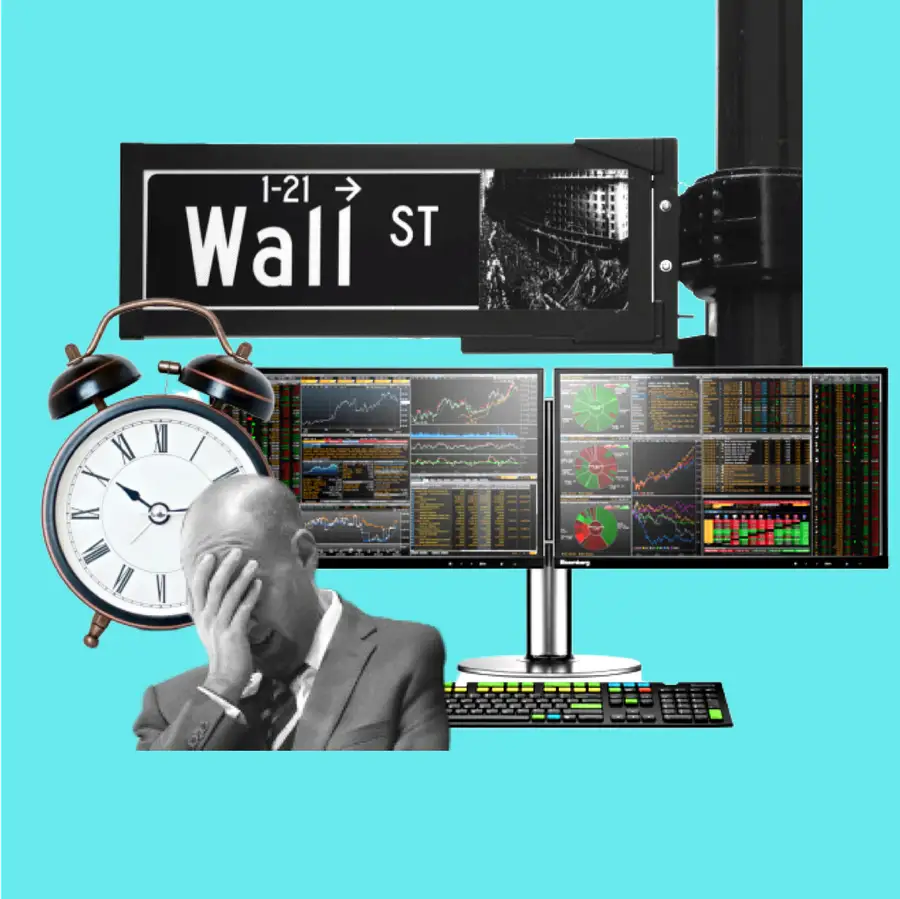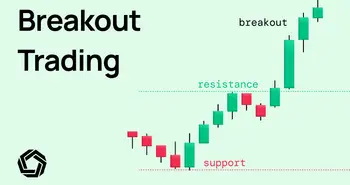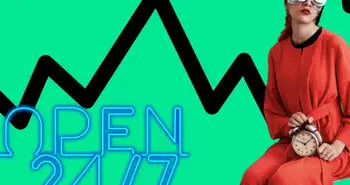Article Contents
Pre-Market Trading: Not Just for Wall Street

For the longest time trading seemed like a chore reserved to the particularly thick-skinned, slick, and well poised bankers of Wall Street. They stared at charts spanned across multiple screens, and spewed acronyms that made their job seem like rocket science. Thankfully advances in technology, along with the internet, brought about a revolution in electronic trading access. Anyone can speculate on stock markets even if the markets are officially closed, like during pre-market trading hours.
In-spite of the advances made in electronic trading, there are still many limitations to the ways that individual investors and speculators trade. Even though individual investors are given direct access to the market through their online brokerage accounts, most execution is limited to a 6.5-hour window during which the stock exchange is open. But the fun doesn’t end when the closing bell rings – not for most institutional traders, those representing asset managers, hedge funds, and mutual funds with billions of dollars under management. After-hours and pre-market trading occurs in the hours following the daily close of a stock exchange, and in the hours preceding its open.
Pre-Market and After-Hour trading contributes to 37 % of absolute daily returns. Not trading in pre-market means missing out on more than a third of price action.
Regular trading hours bring together buyers and sellers to form an asset pricing consensus – aka the price-discovery process. There is liquidity, volatility, and tight spreads, as well as a constant influx of new information that the market digests. However, it is for this reason that most important economic decisions, financial reporting, and announcement are conducted outside of regular trading hours – to not send market participants into a bidding frenzy, or worse: a sell-off. Accessing after-hours trading would be desirable for any investor that wants to play a more active role in portfolio management, but gaining access is only half the battle. While your broker may support after-hour trading, placing a trade comes with its own share of risks.
Illiquid after-hours trading.
In the words of Publilius Syrus; “Res tantum valet quantum vendi potest” : “a thing is only worth what someone else will pay for it” – and in after-hours there are drastically less participants. The market price of a stock can be misleading, and an investor most likely won’t have their order filled at the price they wanted, because there's not enough demand to match the particular level of supply.
With Morpher users are able to place market orders at the price they see, with no slippage affecting their trades. Morpher’s infinite liquidity profile allows traders to stake assets at their current market price at any volume without ownership of the underlying asset – meaning all of your trades go through at the price you want them to.
Pre-market volume and spreads.
As buyers and sellers find it increasingly difficult to find counterparties to their trades, the bid and ask spreads begin to widen to meet the demands of larger institutional orders. This leaves the average investor settling for an unfavorable price.
Morpher tracks the spread in after-hours trading, and doesn’t impede exchange order flow. While the spread mirrors the underlying asset, traders can rest assured of consistent order execution at the displayed price.
Volatility of pre-market activity.
High spreads and illiquid markets coupled with institutional investors is a disastrous match for a risk averse individual trading in after-hours.
While Morpher users get infinite liquidity entering/exiting markets in after-hours and pre-market – traditional stock market players are not able to enjoy the same virtues, meaning price action remains just as volatile for our users as it is for institutional traders. However, the dangers of after-hour volatility are only exacerbated by market illiquidity (not a threat for Morpher users).
Time limitation in extended hours trading.
Pre-market and after-hours trading isn’t merely defined as before or after conventional open hours. There are times outside of open and closed market hours when all conventional trading halts. Weekends, public holidays, and fixed breaks between post-market and pre-market, leave the market inaccessible to any investors.
Morpher allows you to trade 24/7 every day of the year – regardless if the price is moving or not. This means users are able to rebalance their positions following important announcements, weekend events, or from other time zones. Not only does this provide traders with opportunistic strategies, but also introduces more flexibility in risk management.
Trading during after-hours or in pre-market can be a daunting experience for a trader – but it doesn’t have to be. With Morpher’s infinite liquidity, pricing confidence, and 24/7 accessibility, traders are able to enjoy a unique experience that presents more opportunities and safer trading.

Disclaimer: All investments involve risk, and the past performance of a security, industry, sector, market, financial product, trading strategy, or individual’s trading does not guarantee future results or returns. Investors are fully responsible for any investment decisions they make. Such decisions should be based solely on an evaluation of their financial circumstances, investment objectives, risk tolerance, and liquidity needs. This post does not constitute investment advice.

Painless trading for everyone
Hundreds of markets all in one place - Apple, Bitcoin, Gold, Watches, NFTs, Sneakers and so much more.

Painless trading for everyone
Hundreds of markets all in one place - Apple, Bitcoin, Gold, Watches, NFTs, Sneakers and so much more.









